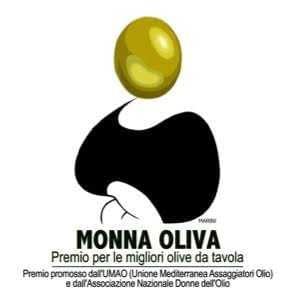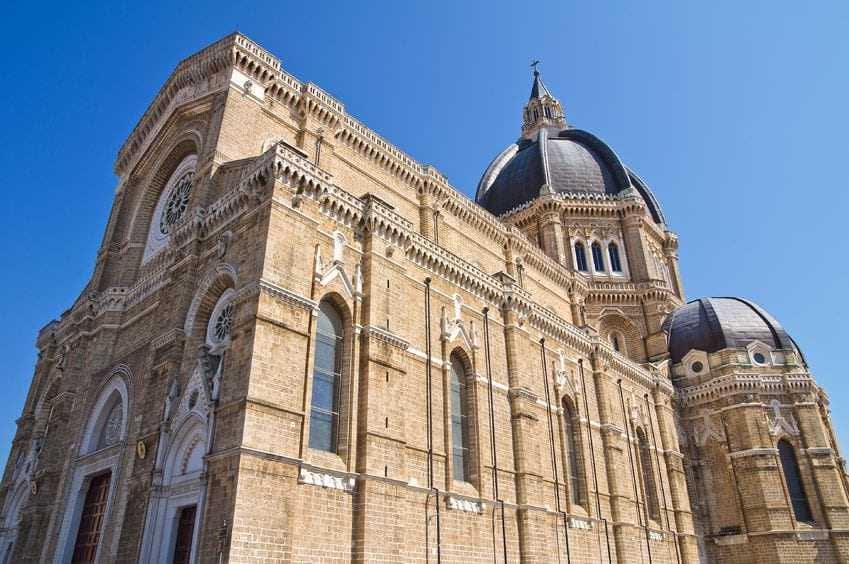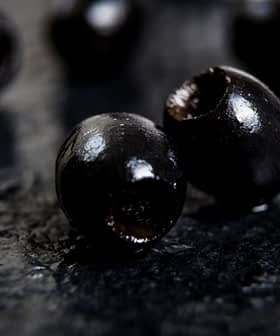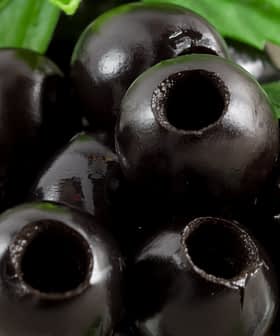The olive is not only the fruit that gives us EVOO. It is central to many recipes in Mediterranean food culture, the main ingredient of appetizers, condiments and sauces and the queen of the aperitif: a bowl of green olives is one of the essential ingredients of an Italian happy hour — of course accompanied by a good glass of wine or a well-stirred Spritz.
Both for the shape — spherical or oval, tiny or large, and its brilliant colors ranging from yellow and black to the peculiar hue that gave rise to the term “olive green” — the olive adds to the table a sense of cheerful joy. The olive reaches refined and frivolous elegance when, skewered with a toothpick, it is dropped in a Martini glass.

In recent years there has been a trend of strong growth in both the production and consumption of table olives. World consumption has more than doubled, with an increase of 169 percent from 1990/91 to 2014/15. In the first four months of the 2014/15 crop year (i.e. from October 2014 to January 2015), table olive imports were higher in the United States (3 percent) than in the same period a year earlier, according to the International Olive Council. Spain, the world’s top producer, is also home to the leading consumers (4.0 kg annual per capita), followed by Malta (3.8 kg), Cyprus (3.0 kg) and Italy (2.4 kg).
Last year saw the birth of first National Italian competition for the best table olives, Monna Oliva, whose name is a clear reference to the famous Mona Lisa, protagonist of the painting by Leonardo Da Vinci and ambassador of Italian genius and excellence in the world.
The unique event is a brainchild of Paola Fioravanti, a champion for culture of extra virgin olive oil in Italy and president of UMAO (Mediterranean Union of Oil Tasters), a non-profit organization established in 1995 to preserve and foster the culture of olive oil and other typical food products, that organizes the event in collaboration with National Association of Olive Oil Women (Donne dell’Olio).
“The olive is a precious fruit but still not sufficiently valued,” said Ivano Caprioli, a sensory analyst and the panel leader for the competition. “It is a great product, both for its taste and for the excellent nutritional properties. It can be produced by diversifying the farming and processing techniques in order to obtain a product at reasonable cost.”
“We find usually only two or three types of olives dominating the market,” Caprioli continued, “but there are many other cultivars that can be used for the table olives.” The purpose of the competition is to value the best table olives from different territorial productions and support the producers, helping them improve product quality and revitalize the sector. In this way, small EVOO manufacturers can diversify production without necessarily adding a completely different product to their portfolio.

Duomo Cathedral of Cerignola (Apulia) Italy
Olives have excellent properties comparable to those of extra virgin olive oil and they can provide similar nutrients. Olives can also have a longer shelf-life than EVOO. “The manufacturing of table olives can be relatively easy. For example making them “al naturale”, explained Caprioli, “you just put the olives in a solution of salt and water and the microorganisms located in the external part of the olive will kickstart of the fermentation. You have to master the ability to keep the fermentation parameters under control which is fundamental to reducing the bitterness and enhance the flavor and obtain a high-quality product.”
About 70 farms will attend the second edition of Monna Oliva. The contest, divided by type of manufacturing (Natural, Castelvetrano Style, Sevilla Style and California Style) is reserved for natural, brined and wrinkled olives.
See Also:Monna Oliva Event Information
Monna Oliva will also host the first Italian forum on table olives, a meeting of Italian producers, and a technical workshop to talk about production, traditions, and promotional initiatives.
The event is itinerant, held in places renowned for table olive production. After the first edition in Castelvetrano, Sicily, famous for the “Nocellara del Belice,” this year’s event will be in Cerignola, Apulia, the birthplace of “Bella di Cerignola,” June 25 to 27.
“We evaluated already many high-quality products and we do believe that this competition will reach an even higher level,” Caprioli concluded. “For future editions, we would like to invite producers from abroad. We would love to bring the competition to an international level.”








